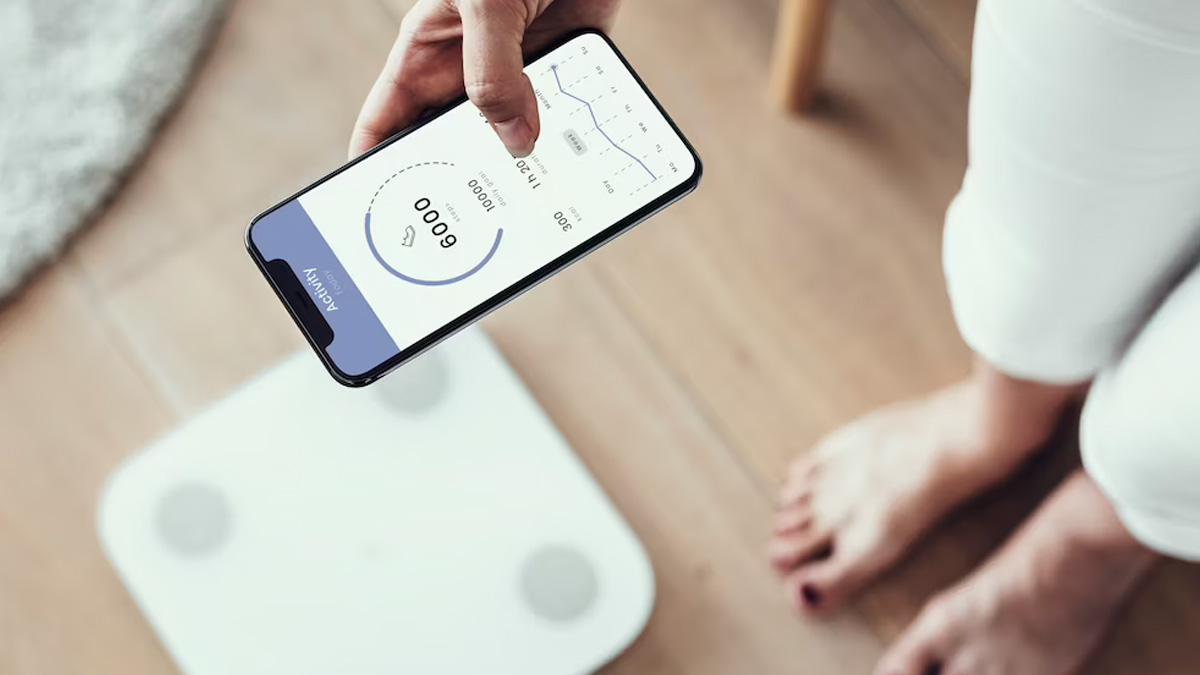
If you've ever been to a gym opening or recently joined one, you've probably seen a fancy machine near the reception. The fancy machine is nothing more than a Body Mass Index (BMI) machine, which assists individuals in understanding their body composition. A BMI machine can help you with everything from weight loss to athletic performance. So, if you're new to losing weight or want to learn more about your body, let's start with learning what BMI is, its categories, how it can help you lose weight, and more.
Table of Content:-
What Is BMI?
BMI is a tool that uses an individual's height and weight to determine their overall body composition. A person can easily calculate their BMI by dividing their weight (in kilograms) by their height (in meters) squared. The resulting number is then classified into different categories, ranging from underweight to obese.

Understanding BMI Categories
BMI is classified into different categories to indicate an individual's overall health. These categories are:
- A BMI under 18.5 is regarded as underweight.
- BMI between 18.5 to 24.9. is considered healthy or normal
- Overweight is defined as a BMI of 25 to 29.9.
- A BMI of 30 or higher is considered obese.
Also Read: 10% Body Fat: Know Why It Is Trending, How You Can Reach There & Mistakes To Avoid
Pro-tip
Don't get obsessed with these numbers because they may not be accurate all the time. For example, athletes or individuals with a high muscle mass may have a higher BMI due to their muscle mass. In such cases, other methods of body composition analysis, such as skinfold measurements or bioelectrical impedance analysis (BIA), may be more appropriate.
How BMI Can Help You Lose Weight?
BMI is a great tool for individuals to assess their general health status and weight management goals. It can assist determine whether a person is at a healthy weight, overweight, or obese. This knowledge can help inspire individuals to undertake lifestyle adjustments, such as adopting a balanced diet and increasing physical exercise, to achieve healthy body weight. For example, if a person is overweight or obese, a weight loss programme can help them achieve a healthy BMI.

Tips for Losing Weight
Adopt A Healthy Diet
Fruits, vegetables, whole grains, lean protein, and healthy fats are just a few examples of nutrient-rich foods that should be a part of a balanced diet. Practice portion control to lose weight faster.
Increase Physical Activity
Exercise is one of the best ways to burn calories and improve your overall health. You do not need to devote hours to gym training; instead, begin with three workouts a week of moderate-intensity activity, such as brisk walking or cycling, and gradually raise the number of workout days.
Monitor Your Progress
By calculating your BMI and body weight on a regular basis, you can monitor your weight loss progress. This can help you stay motivated and on course to meet your weight loss goals.
Also Read: What Is Fitspo? Understanding The Trend & Its Impact On Body Image
Sleep
Sleep deprivation alters hormones that regulate appetite, resulting in increased hunger and decreased feelings of fullness. Lack of sleep also impairs the body's capacity to metabolise carbohydrates, increasing insulin resistance and the risk of obesity. Make it a point to sleep seven to eight hours per night to support your weight loss goal.
Image Credit: Freepik
Also watch this video
Read Next
Functional Training For Weight Loss: What Is It And How To Incorporate It In Your Workout?
How we keep this article up to date:
We work with experts and keep a close eye on the latest in health and wellness. Whenever there is a new research or helpful information, we update our articles with accurate and useful advice.
Current Version